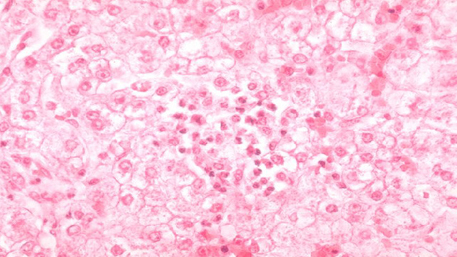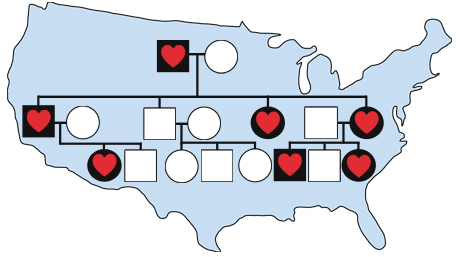Search Results
10 results for public health genomics
Genomics and Obesity: We Need Both Population and Individualized Approaches in the Prevention and Management of Obesity

Obesity is a serious, global public health problem that has increased markedly in the last few decades. As of 2016, 795 million people were estimated to have been affected. Obesity is associated with leading causes of death worldwide—such as diabetes, cardiovascular disease, and cancer—making the search for effective weight management strategies a global priority. Obesity
Posted on by 2 CommentsThe Impact of Family History on the Public Health Burden of Diagnosed Diabetes, Undiagnosed Diabetes and Prediabetes in the United States: Using Family History for Diabetes Control and Prevention

This blog post is a summary of our recently published paper in Genetics in Medicine. Type 2 diabetes is a major public health problem in the United States and globally. Among adults 20 years and older, 9.2% have diagnosed diabetes (DD), 3.1% have undiagnosed diabetes (UD), and 36% have prediabetes (PD), a major precursor for
Posted on byHappy Thanksgiving 2017: Take time to collect, share, and act on your family health history, it may save your life!

Regular readers of this blog may have noticed that we have an almost identical message around each Thanksgiving Day. Collect, share, and act on your family health history! It seems every year we emphasize a slightly different version of this message. In 2016, we highlighted the emergence of new tools that can help consumers and
Posted on byGenomics and Precision Medicine: How Can Emerging Technologies Address Population Health Disparities? Join the Conversation.

Advances in genome sequencing, other “omic” technologies, and big data promise a new era of personalized medicine. However, there is an ongoing discussion how these new technologies can be used to understand and address existing population health disparities. On October 11, 2017, the Precision Medicine and Population Health Interest Group in the Division of Cancer
Posted on by 1 CommentIntegrating Pharmacogenomics in Practice: One GIFT at a Time or a Package Deal?

Testing for genetic variants related to warfarin metabolism has been the poster child for pharmacogenomics in clinical practice for over a decade. A recent publication of the Genetic Informatics Trial (GIFT) provides additional evidence for the clinical benefits of incorporating pharmacogenomics testing into the management of warfarin initiation. In this multicenter study of older individuals
Posted on byIntegrating genomics into population-based cancer surveillance in the era of precision medicine

Population-based cancer surveillance provides a quantitative measurement of cancer occurrence in the United States and globally. Core activities of surveillance include measuring cancer incidence and characterizing each cancer with regard to histopathology, stage, and treatment in the context of survival. Cancer surveillance has been crucial in informing policy and practice, as well as clinical and
Posted on byA New Public Health Assessment of the Disease Burden of Hereditary Hemochromatosis: How Clinically Actionable is C282Y Homozygosity?

This blog post is based on a recent paper by Grosse, Gurrin, Bertalli, and Allen in Genetics in Medicine. Hereditary hemochromatosis (HH) attributable to mutations in the HFE gene is the most common autosomal recessive disorder among adults of northern European origin. It occurs in 1 in 300 non-Hispanic whites in the United States. Approximately
Posted on byCascade Screening for Familial Hypercholesterolemia in the United States: Public Health Impact and Challenges

This post is a summary of our recently published paper in JAMA and outlines the public health impact and challenges for cascade screening for Familial Hypercholesterolemia (FH) in the United States. What is the public health impact of cascade screening for FH? FH is a dominantly-inherited genetic disorder affecting about 1 in 250 people and
Posted on byPrecision Public Health: Harnessing the Power of the Human Microbiome

The discovery of antibiotics by Sir Alexander Fleming in 1928 revolutionized medicine. However, antibiotics cannot differentiate between the beneficial bacteria that help keep us healthy and the pathogens that make us sick. Like a wildfire, antibiotics wipe out all bacteria. Consequently, we have been altering our microbiomes for almost a century, putting ourselves at risk
Posted on by 5 CommentsGenome Sequencing for Healthy Individuals? Think Big and Act Small!

In a 2013 blog post, we asked the question: “When should we all have our genomes sequenced?” At that time, we concluded that the time is not right and that “if we want to use whole genome sequencing in the course of regular preventive care and health promotion, research should be conducted to evaluate its
Posted on by